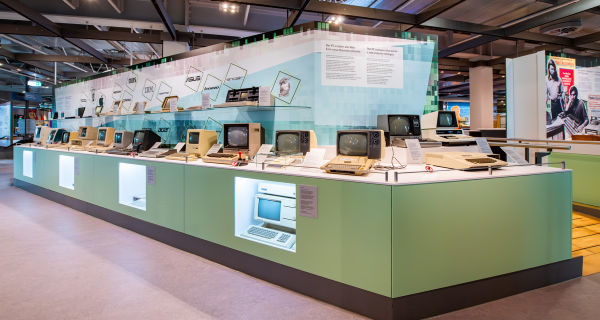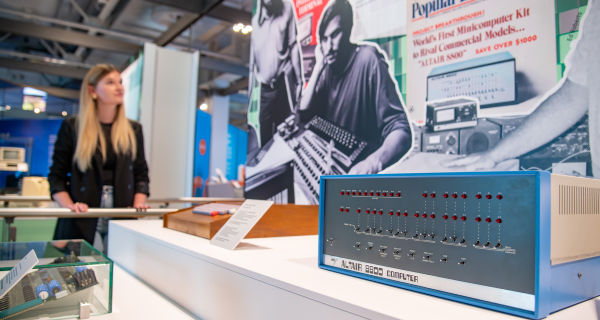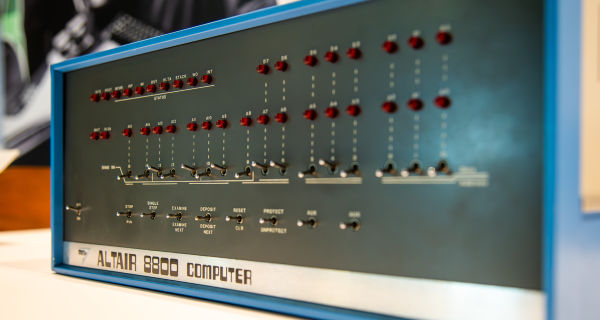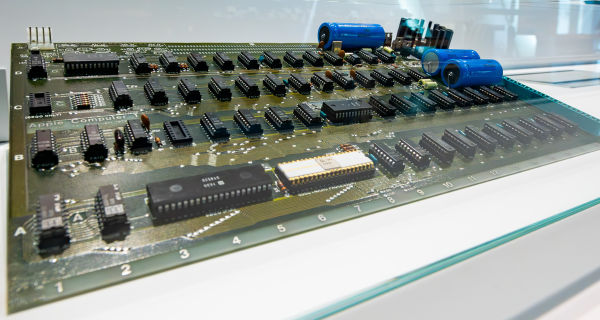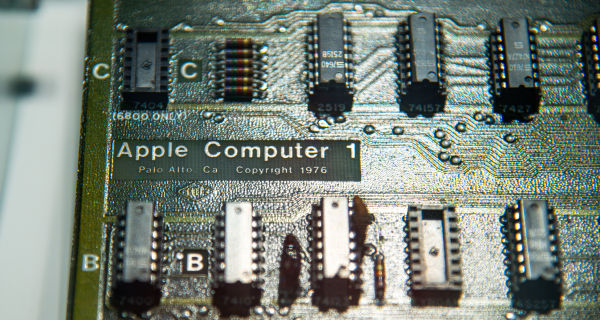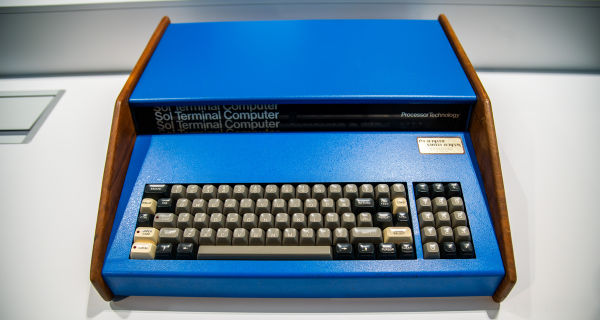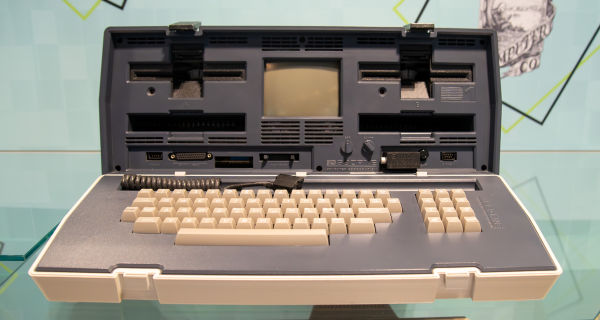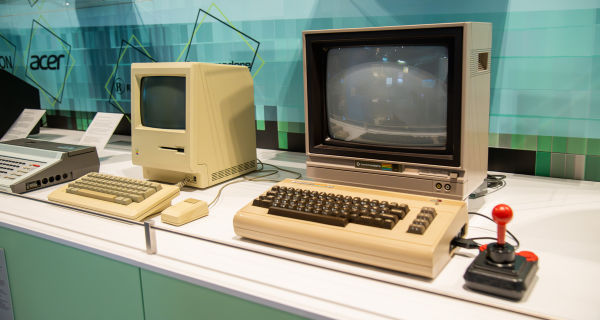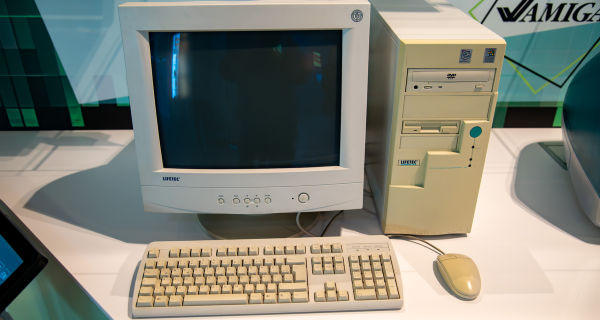The history of the PC can be traced back to January 1975, although a “microcomputer” could have been mass-produced as of 1971 when Intel invented the microprocessor. But at that time, none of the established computer manufacturers such as IBM or Nixdorf Computer AG saw the sense in developing a computer for personal use.
$397 computers
Instead, it was left to the magazine “Popular Electronics” to present the first personal computer, known as the Altair 8800, as a kit for 397 dollars in its January 1975 issue. This computer was developed and constructed by Ed Roberts. Thousands of orders were received by the magazine’s editors over the next few weeks. This unexpected demand hinted at the enormous PC market that was to develop in the future.
It was the whiz kids and freaks who placed orders for the Altair 8800, which they either adapted to meet their requirements or stripped down to use as a basis for a completely new PC. They did not regard themselves as PC users in the sense in which we view ourselves today, but rather as pioneers who were helping to shape the “PC revolution”. The new “garage companies” they founded – such as Apple, makers of the Apple I – led to the PC’s long-awaited breakthrough.
PET2001, TRS-80, Apple II ...
There was no stopping the subsequent fast pace of the PC industry’s development. 1977 saw the emergence onto the market of personal computers such as Commodore’s PET2001, Radio-Shack’s TRS-80 and the Apple II. These not only fascinated technology boffins but were also designed to appeal to a much broader public. Equipped with monitor, keyboard and software, they set the first “PC standard”. In 1981, IBM brought out its PC 5150. Although it did not feature any technical innovations, the system used, based on IBM’s PC and Microsoft’s DOS operating system, quickly established itself as a standard.
The personal computer is now an object of cultural value. It has become Man’s constant companion in the guise of notebook, laptop and smartphone.
